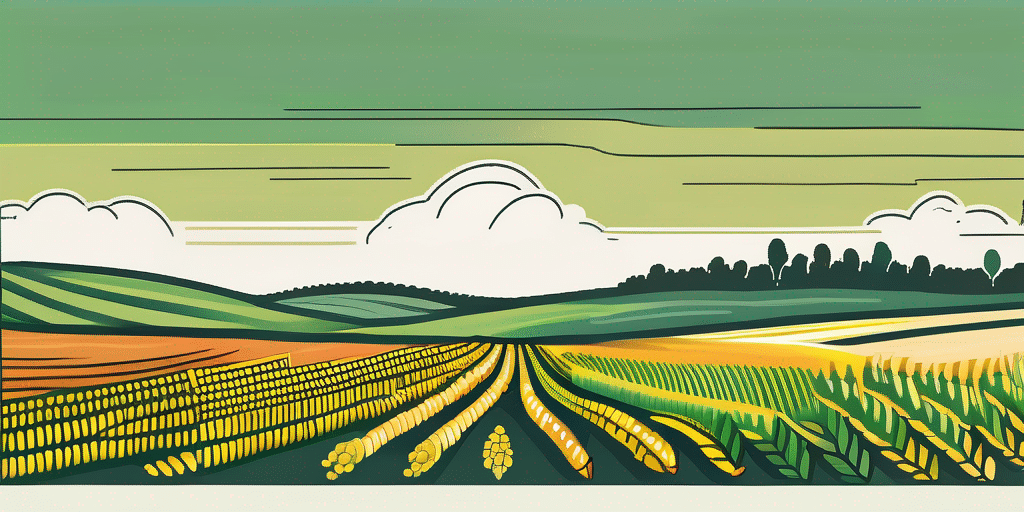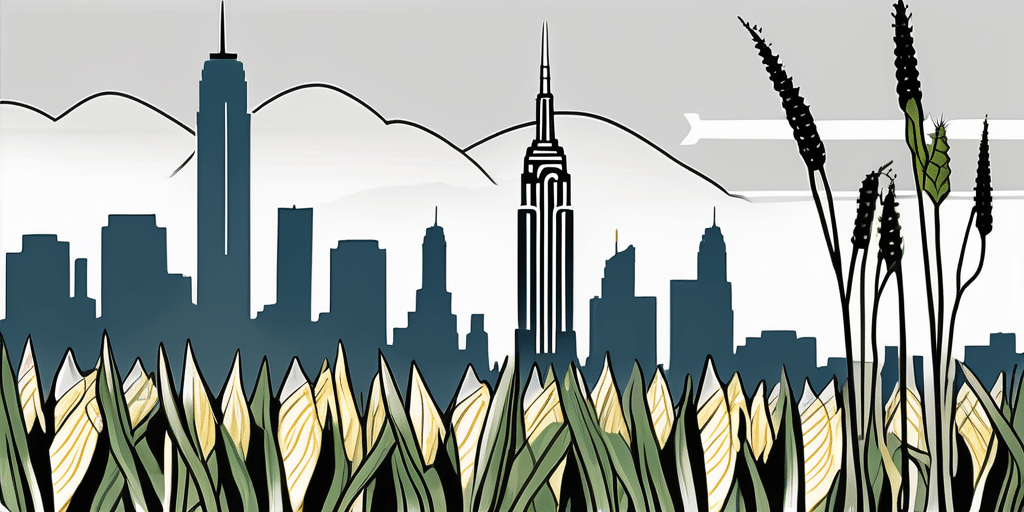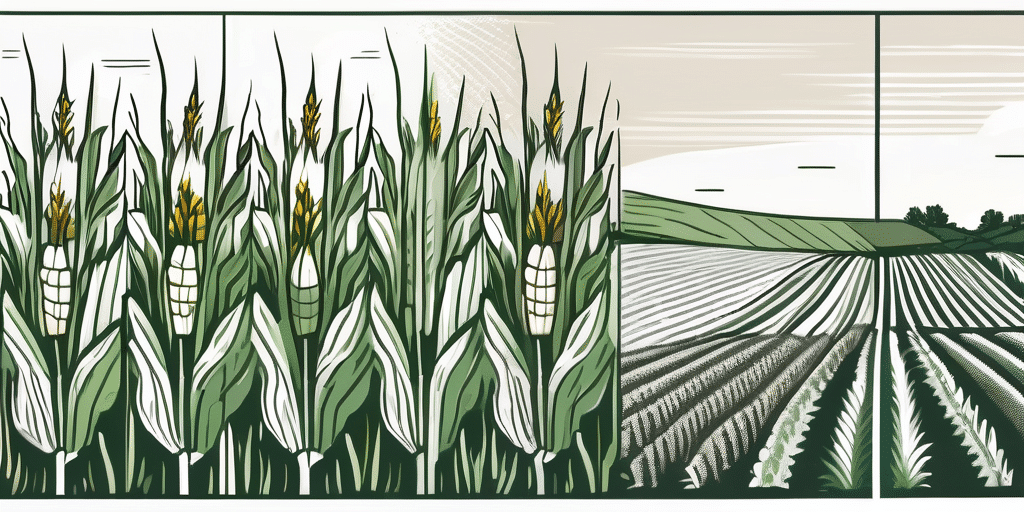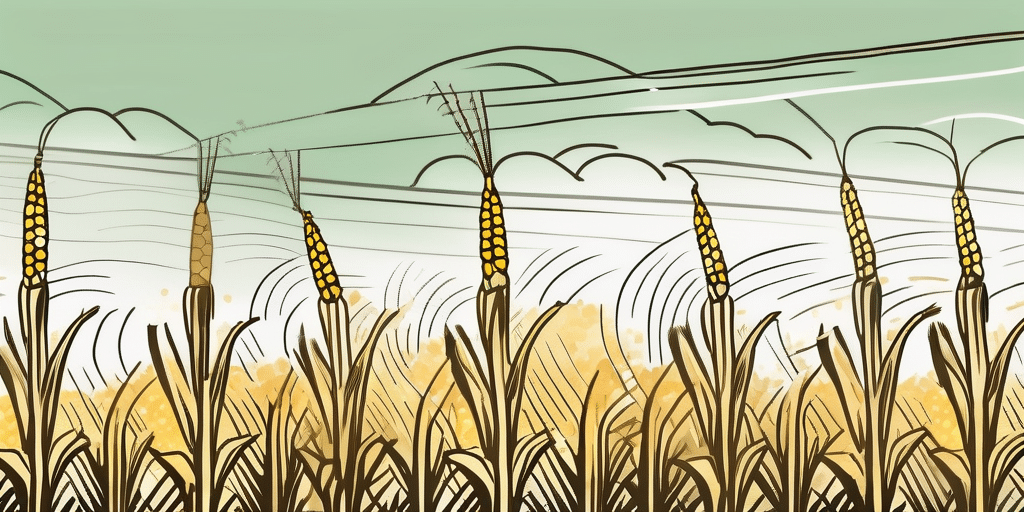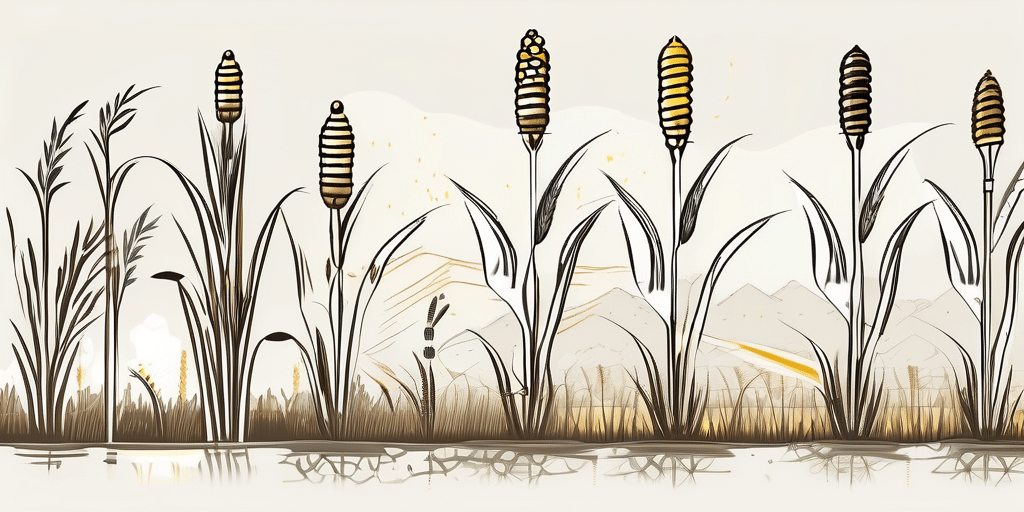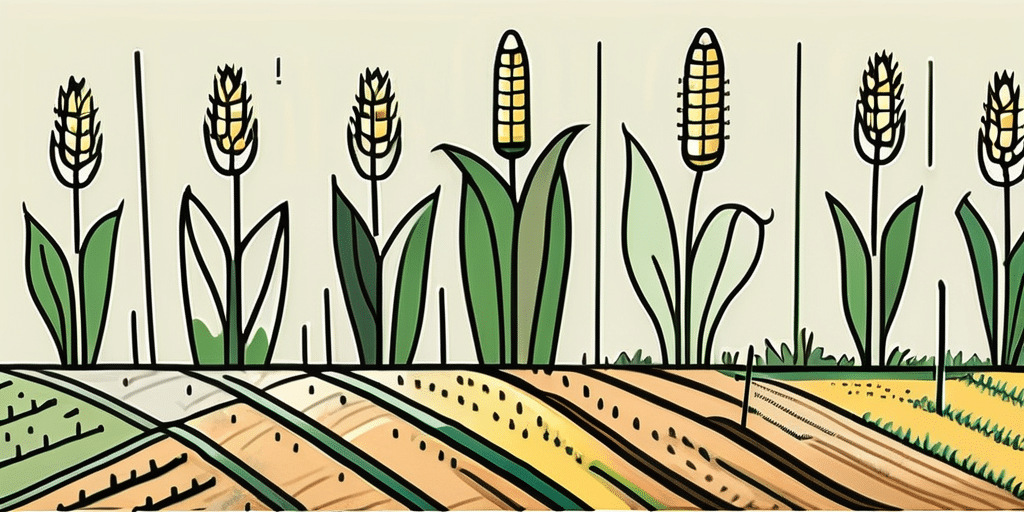Welcome to the world of indoor corn cultivation! Growing corn indoors might seem like a daunting task, but with the right knowledge and equipment, you can enjoy fresh, homegrown corn all year round. In this article, we will guide you through the process, from understanding the basics of corn plant biology to harvesting and using your indoor corn.
Understanding Indoor Corn Cultivation
If you’re new to growing corn indoors, it’s essential to start with a solid understanding of the plant’s biology. Corn, scientifically known as Zea mays, is a warm-season crop that thrives in full sun and fertile, well-draining soil. The plants require ample space for their roots to grow and plenty of nutrients to develop healthy ears of corn.
Indoor corn cultivation offers a unique opportunity to engage with the growth process of this staple crop in a controlled environment. By bringing corn cultivation indoors, you have the advantage of closely monitoring and adjusting factors such as temperature, humidity, and light exposure to optimize growth. This level of control can lead to higher yields and healthier plants compared to outdoor cultivation.
But why grow corn indoors? Well, there are several reasons why individuals choose to grow this crop indoors. Firstly, it allows you to have fresh corn year-round, regardless of the external climate or growing season. Additionally, growing corn indoors can be a gratifying experience, as you witness the plant’s growth stages up close and personal. The ability to experiment with different growing techniques and technologies, such as hydroponics or grow lights, adds an element of innovation and learning to the cultivation process.
Necessary Equipment for Indoor Corn Growing
Before you embark on your indoor corn growing journey, it’s crucial to have the right equipment. Let’s take a look at the essential tools you’ll need:
Choosing the Right Containers
To successfully grow corn indoors, you’ll need large containers that can accommodate the plant’s extensive root system. Opt for deep pots or grow bags that provide enough space for the corn plants to develop.
When selecting containers for your indoor corn garden, consider the material of the pots. Porous materials like terracotta allow for better airflow and moisture regulation, which can be beneficial for the overall health of your corn plants. Additionally, ensure that the containers have drainage holes at the bottom to prevent waterlogging, which can lead to root rot.
Selecting the Best Indoor Lighting
Since corn is a sun-loving plant, it requires ample light to thrive indoors. Consider using fluorescent grow lights or LED grow lights, positioning them at a suitable distance from the plants to provide the necessary light spectrum for optimal growth.
When setting up your indoor lighting system for corn plants, it’s essential to mimic the natural sunlight conditions as closely as possible. This means providing a consistent light schedule of around 12-16 hours per day to simulate the long daylight hours of the summer growing season for corn.
Importance of Proper Ventilation
Adequate air circulation is essential for preventing diseases, promoting pollination, and enhancing plant growth. You can achieve this by using fans or opening windows to allow for proper ventilation within your indoor growing space.
In addition to fans, incorporating a gentle breeze in your indoor corn growing area can help strengthen the corn stalks by simulating outdoor wind conditions. This can result in sturdier plants that are more resilient to environmental stressors, ultimately leading to healthier and more robust corn crops.
Step-by-Step Guide to Growing Corn Indoors
Preparing the Soil and Container
- Fill your chosen container with a well-draining potting mix enriched with organic matter. Corn plants thrive in fertile soil, so consider adding compost or well-rotted manure to enhance nutrient content.
- Moisten the soil thoroughly before planting.
- Make sure the container has drainage holes to prevent waterlogging.
Planting the Corn Seeds
- Choose high-quality corn seeds suitable for indoor cultivation. Some recommended varieties include ‘Golden Bantam,’ ‘Baby Corn,’ or ‘Mirai.’
- Sow the seeds about 1 inch deep, spacing them at least 6 inches apart.
- Water the seeds gently, making sure the soil remains moist but not waterlogged.
Caring for Your Indoor Corn Plant
Providing optimal care for your indoor corn plants is crucial for their overall health and productivity. Here are some essential care tips:
- Watering: Corn requires consistent moisture, so water regularly. Avoid over-watering, as it can lead to root rot. Aim to keep the soil evenly moist.
- Fertilizing: Feed your corn plants with a balanced, slow-release fertilizer once a month to provide them with essential nutrients.
- Support: As the corn plants grow, they may require support to prevent them from toppling over. Place stakes in the containers and tie the stalks gently using soft string or plant ties.
- Pollination: Gently shake the corn plants when they start producing tassels to aid in pollination. Alternatively, use a small brush to transfer pollen from the tassels to the silks.
- Pest and disease control: Monitor your corn plants regularly for any signs of pests or diseases. If necessary, treat the affected plants with appropriate organic or chemical solutions.
Now that you know the basics of growing corn indoors, let’s dive into some additional tips and tricks to ensure your corn plants thrive in their indoor environment.
Temperature and Humidity: Corn plants prefer warm temperatures between 70-85°F (21-29°C). Maintain a consistent temperature in your indoor space and avoid exposing the plants to cold drafts. Additionally, corn plants appreciate moderate humidity levels. Consider using a humidifier or placing a tray of water near the plants to increase humidity.
Lighting: Adequate lighting is crucial for the growth and development of corn plants. Place your containers in a location that receives at least 6-8 hours of direct sunlight per day. If natural light is limited, you can supplement with artificial grow lights. Position the lights about 12-18 inches above the plants and keep them on for 12-14 hours a day.
Troubleshooting Common Problems
Dealing with Pests and Diseases
Pests and diseases can sometimes pose a challenge to indoor corn cultivation. Some common problems include aphids, corn borers, and fungal diseases. Aphids are small insects that can suck the sap from corn plants, causing stunted growth and yellowing leaves. Corn borers are larvae that tunnel into the corn stalks, leading to weakened stems and decreased yield. Fungal diseases like rust and smut can also affect corn plants, causing discoloration and reduced vigor.
To combat these issues, consider implementing the following strategies:
- Regularly inspect your plants for pests or signs of damage.
- Introduce beneficial insects, such as ladybugs or lacewings, to control pest populations naturally.
- If necessary, use organic insecticides or fungicides, following the manufacturer’s instructions carefully.
Another effective method to deter pests is companion planting. For example, planting marigolds near your corn can help repel aphids and other harmful insects. Additionally, practicing crop rotation can disrupt the life cycles of pests and reduce the risk of infestations.
Addressing Growth and Germination Issues
If you encounter growth or germination issues with your corn plants, there are a few steps you can take to rectify the situation. Proper germination is crucial for healthy plant development and high yields.
- Ensure the soil temperature remains consistently warm (around 75-85°F) to support germination and growth. Cold soil can delay germination and weaken seedlings.
- Check for proper lighting conditions and adjust the distance between the plants and grow lights if needed. Insufficient light can lead to leggy growth and poor development.
- Regularly inspect the plants for nutrient deficiencies and adjust fertilization accordingly. Nitrogen, phosphorus, and potassium are essential nutrients for corn plants’ growth and development.
In addition to these steps, maintaining proper soil moisture is vital for successful germination. Overly wet or dry soil can hinder seedling emergence and root development. Consider using a moisture meter to monitor soil moisture levels and water your plants accordingly. Adequate air circulation around the plants can also prevent damping-off disease, a common issue that affects young corn seedlings.
Harvesting and Using Your Indoor Corn
Knowing When to Harvest
Corn is typically ready to harvest when the silks turn brown and dry, and the kernels are plump and milky when squeezed. Each corn variety may have slightly different harvest timeframes, so refer to the seed packet or consult reliable sources for specific details.
When harvesting your indoor corn, it’s essential to pay attention to the plant’s overall appearance. Look for a healthy green color in the leaves and stalks, as well as a firm texture in the cobs. These visual cues can help you determine the readiness of your corn for harvest, ensuring that you enjoy the best flavor and quality.
Storing and Using Your Corn
For best flavor and texture, it’s recommended to consume freshly harvested corn as soon as possible. However, if you need to store your corn, keep it refrigerated in its husk and consume it within a few days for optimal quality.
When it comes to using your indoor corn, the options are endless. You can enjoy it grilled, boiled, or even incorporated into savory dishes like salads or soups. The natural sweetness of freshly harvested corn adds a delightful flavor to any meal, making it a versatile and delicious ingredient to have in your kitchen.
Now that you have all the necessary information and guidance, you’re ready to embark on your indoor corn growing journey! Enjoy the satisfaction of growing your own corn and savoring its delicious flavor straight from your indoor garden.
Join the How to Grow Everything Community
Ready to take your indoor gardening to the next level? Subscribe for free to How to Grow Everything and learn how to build the garden of your dreams! Receive personalized gardening advice tailored to your specific location, grow zone, experience level, and interests. Our family is dedicated to helping you grow the best indoor corn and more, with thousands of free articles and the best gardening tips. Plus, get special offers delivered straight to your inbox. Join our community today, and let’s grow together!

